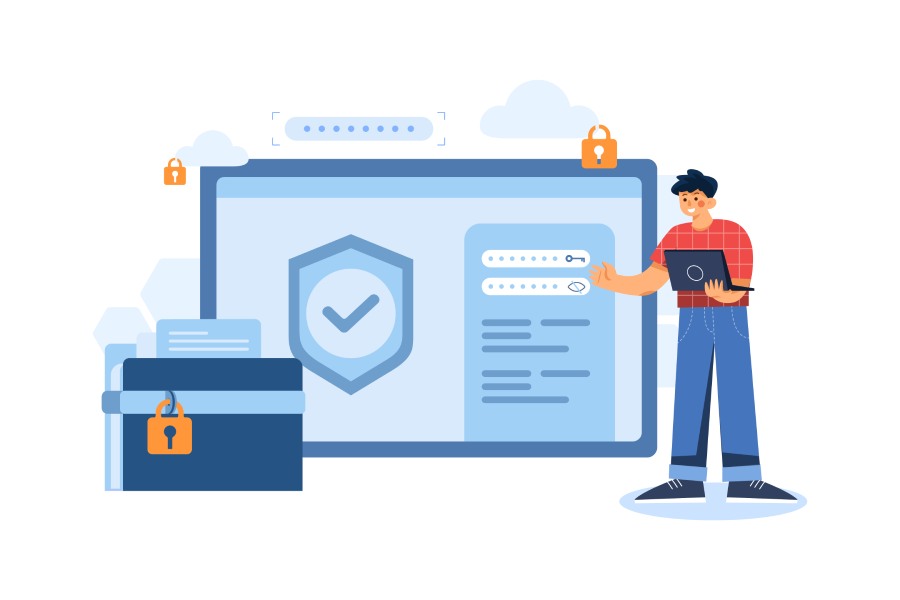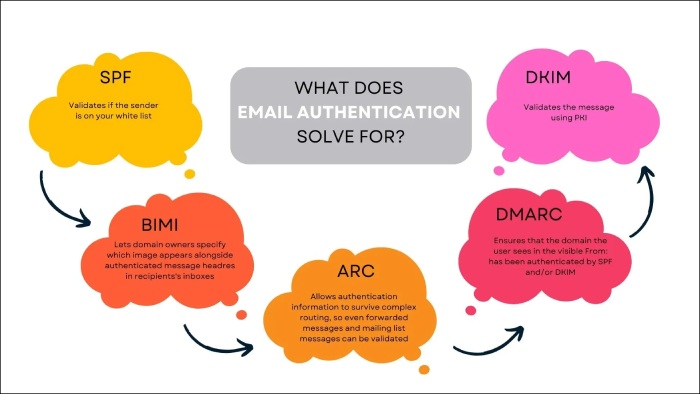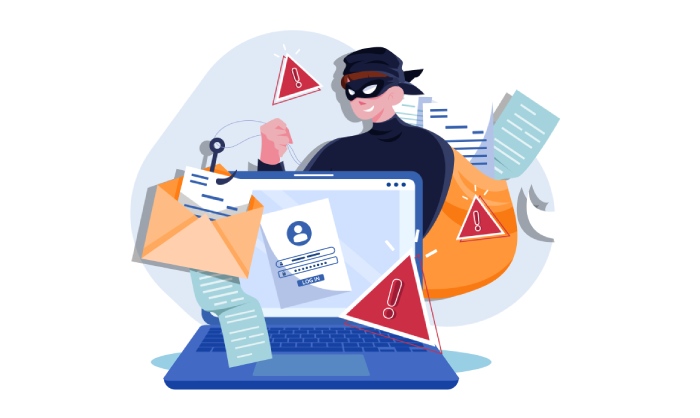A Guide to Checking DMARC Compliance
DMARC, or Domain-based Message Authentication, Reporting, and Conformance is one of the most important email authentication protocols that helps protect your email domains from phishing, spoofing, and other email-based cyber threats. Perhaps this is why it has now become a norm for organizations that send bulk emails to comply with.
If you have recently authenticated your domains with DMARC with the aim of preventing grave cybersecurity attacks and enhancing email deliverability, you’re off to a great start! But before you think that implementing DMARC and specifying policies are the only steps you need to take to achieve your email security goals, it is important to know that there’s more to it than just the initial setup.
To get the best out of your outbound emails, that is, to ensure that they get delivered right into the intended recipients’ inboxes, it is crucial to achieve DMARC compliance. But what exactly is DMARC compliance, and how can you achieve it?
In this article, we’ll take you through the basics of DMARC compliance and the process of checking it.
What is DMARC Compliance?
If your emails are DMARC compliant, it simply means that they are sent in accordance with the Domain-based Message Authentication, Reporting, and Conformance protocol requirements. Apart from this, it also means that you, as a sender, can now specify that your emails are authenticated with SPF and/or DKIM, which is a green flag for the receiving servers. By ensuring that your emails are compliant, you can dodge a bullet, that is, attackers wrongly using your domain to send unauthorized emails.
Now that you know what DMARC compliance is, let us understand why you need DMARC compliance as a part of your email security strategy.
Why is it Important?
Adhering to DMARC requirements is certainly about meeting technical standards, but it is also about your organization’s email security and overall business operations.
Prevents Email-based Attacks
When it comes to safeguarding your organization from email fraud, security teams rely on DMARC. This security measure ensures that only authorized senders can use your domain, reducing the risk of fraudulent emails. This security measure not only helps intercept fraudulent emails before they reach their intended targets but also builds trust with customers and partners, who can be assured that communications from the domain are legitimate.
Protects Your Brand Reputation
When your domain is used for sending out phishing or spam emails, it causes significant damage to your brand’s reputation. This is where DMARC comes in. It helps protect your brand by ensuring that emails appearing to come from your domain are legitimate, thereby maintaining trust with your customers and partners.
Improves Email Deliverability
If your domain complies with DMARC, it increases the likelihood of email providers delivering your emails to the inboxes rather than the spam folders, particularly if they can verify the authenticity of the sender. So, by ensuring DMARC compliance, you can establish your emails as trustworthy and improve email deliverability.
Offers Reports and Comprehensive Insights
An important feature of DMARC is that it provides detailed reports about email traffic using your domain, including information on whether and how your domain is being misused. These DMARC reports are comprehensive and can be leveraged to identify and address potential security issues.
Compliance with Industry Standards
Email security is certainly an important benefit of DMARC compliance, but if you don’t adhere to industry standards, you subject your organization to the risk of regulatory penalties. In order to enhance your overall cybersecurity posture and avoid legal complexities, it is essential to incorporate DMARC into your email security strategy.
What are the Requirements for DMARC Compliance?
When it comes to achieving DMARC compliance, there are a few non-negotiables that must be a part of your arsenal to defend against phishing and spoofing attacks.
Here’s what you need for seamless DMARC compliance:
- DMARC policy published in your DNS
- SPF and DKIM alignment
- PTR records for all your sending IP addresses
- Reporting and monitoring mechanisms
How Can You Check DMARC Compliance?
Let’s face it: implementing DMARC is no easy feat as it involves various complexities, which, if configured incorrectly, can jeopardize your email security. To avoid such pitfalls, you can check if your DMARC is properly set up and meets the compliance requirements.
Here’s how you can do it:
Access a DMARC Record Checker
To ensure that your organization meets the DMARC compliance requirements, the first step is to run your DMARC record through a lookup tool.
Fill in Your Domain Details
Once you have access to a reliable DMARC record lookup tool, you have to enter the details of your sending domain. This tool will fetch and show your DMARC record, giving you details about your current setup.
Cross-check the TXT Record Validity
This is perhaps the most important step of the entire process. During this step, you should make sure your DMARC TXT record is correct and properly published. This is where the DMARC record lookup tool comes in handy. It will vet your entire record thoroughly and point out any mistakes or discrepancies. Remember to check DMARC record accuracy to avoid issues.
Analyze the Results
After you have the results, it’s time to interpret them and make changes to your DMARC record accordingly. While doing so, you can look for potential formatting mistakes, policies, alignment mode discrepancies, etc.
The steps mentioned above clearly indicated that using a DMARC record lookup tool indeed make checking DMARC compliance fairly easy. Had it not been for these tools, you would have to manually cross-check every single aspect of your DMARC setup, which can be time-consuming and prone to human error.
Contact us to get answers to your queries or getting started with DMARC.


